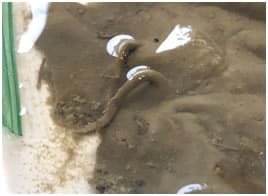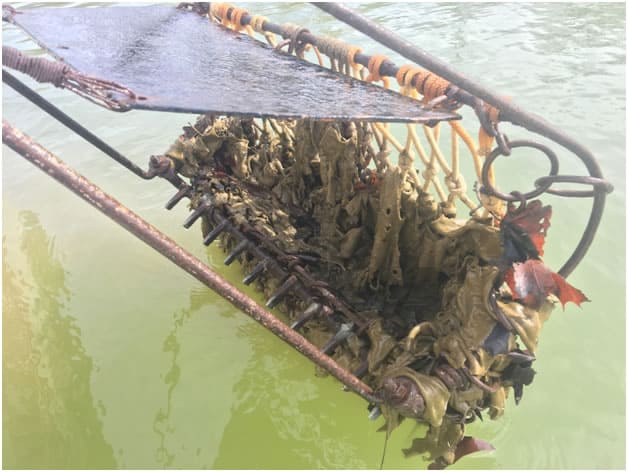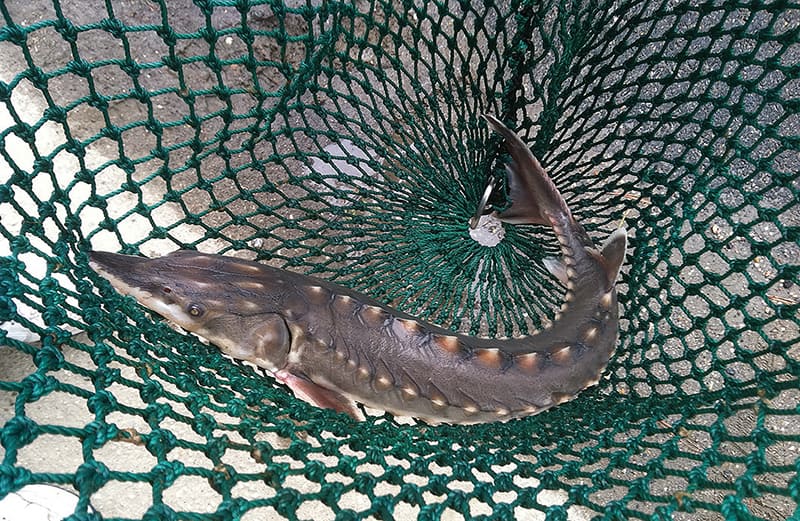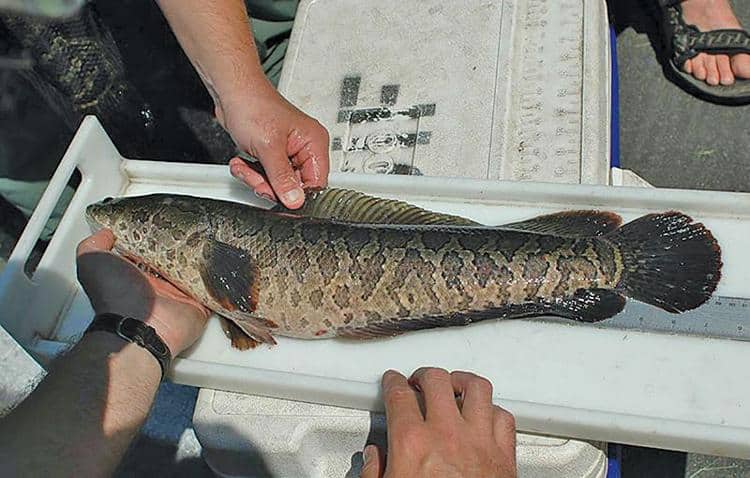Maryland Department of Natural Resources (DNR) biologists were stumped last month when they found a strange, rubbery material covering a half-acre of the bottom of Smith Creek on the Potomac River.
Now, after a closer look from DNR and the Maryland Department of the Environment, scientists know it was a solid mat of algae growing along the bottom.

DNR fishery biologists took a sample of the rubbery, 1-2 centimeter-thick mat that was grayish-brownish-green and difficult to tear. When scientists put the sample under a microscope, they discovered the mat was made of up microscopic algae called diatoms, plus sediment and debris, stuck together in layers. Diatoms secrete a sticky substance that helps them in movement, and that sticky substance was holding the layers of material together. Diatom mats occur naturally, but this one was especially thick and wide, suggesting a low-flow environment, according to DNR.
Algae mats, though gross-looking, are a good sign that light is able to reach the bottom of the creek, allowing for photosynthesis and oxygen production. The mats can also stabilize sediments on the bottom. And algae form the base for the benthic (bottom) food chain. DNR says bottom algae can often get mixed up into the water column above, and provide up to half of all food for filter feeders like oysters.
Although this algae discovery turned out to be a sign of Bay health, not all of them are. If you come across an algae-related issue, like a fish kill or potentially harmful algae bloom, please call the Bay Hotline at 1-(877)-224-7229.
-Meg Walburn Viviano




